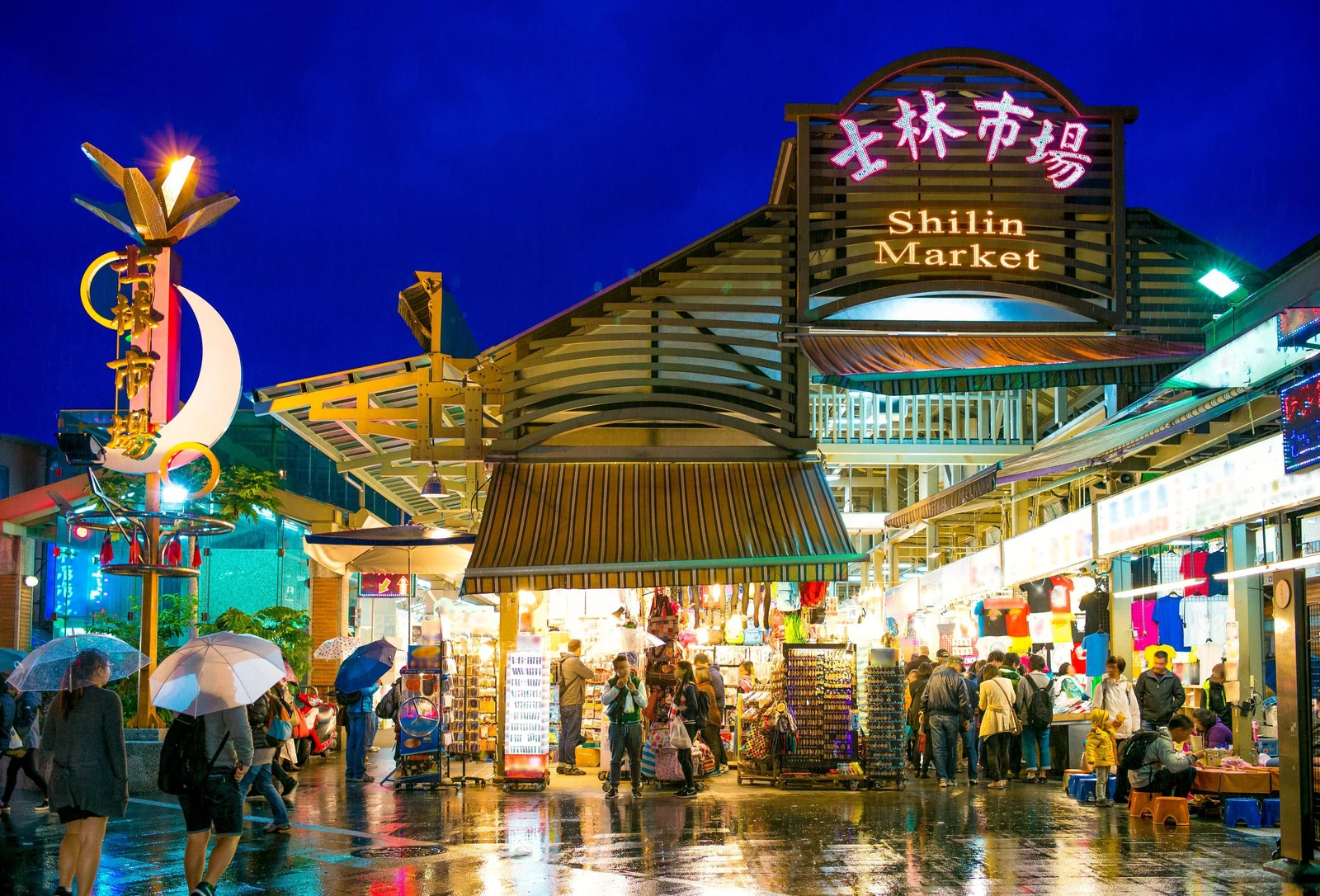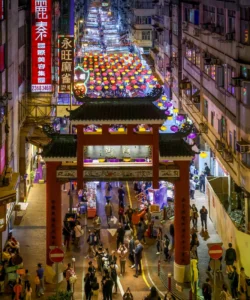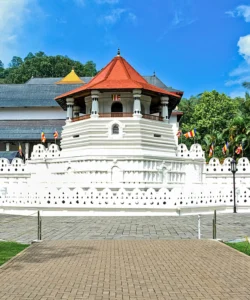Shilin Night Market (士林夜市, Shìlín Yèshì) is arguably the largest, most famous, and most diverse night market in Taipei, Taiwan. A vibrant labyrinth of food stalls, shops, and entertainment, it’s a sensory explosion that offers an unparalleled glimpse into Taiwanese street food culture, fashion trends, and local life, attracting millions of visitors annually.
![]()
Name: Shilin Night Market (士林夜市)
Address: The market is an expansive area centered around Jihe Road and Dadong Road, Shilin District, Taipei City, Taiwan. Key areas include the Shilin Market building (now primarily food court) and the surrounding network of streets and alleys.
How to get there:
Shilin Night Market is exceptionally easy to reach via Taipei’s efficient MRT system:
- By MRT (Mass Rapid Transit): The most convenient way. Take the Tamsui-Xinyi Line (Red Line) to Jiantan Station (劍潭站, R15, Exit 1). From this exit, the market is immediately visible across the street. While there’s also a Shilin Station, Jiantan Station is closer to the heart of the main food and shopping areas of the market.
- By Bus: Numerous city bus routes serve the Shilin and Jiantan areas, with many stops within easy walking distance of the market.
- By Taxi/Ride-Sharing Services: Taxis are readily available throughout Taipei and can drop you off at various points around the market.
- Walking: If you are staying in the Shilin area, the market is likely within easy walking distance.
Landscape and Architecture:
Shilin Night Market’s “landscape” is defined by its bustling urban setting and the dynamic, temporary architecture of its stalls:
- Vast, Interconnected Network: The market isn’t a single street but a sprawling network of covered and open-air streets, alleys, and a central indoor food court (the renovated Shilin Market building). This creates a maze-like experience, inviting exploration.
- Fluorescent Lights and Signage: At night, the market is bathed in the glow of countless fluorescent lights, LED displays, and neon signs, creating a bright, energetic, and slightly chaotic visual tapestry.
- Temporary Stalls (Street Food and Retail): The majority of the market’s “architecture” consists of temporary, portable food stalls, carts, and small, permanent shopfronts that spill out onto the sidewalks. These are often made of metal frames, tarpaulins, and simple counters, designed for quick setup and breakdown.
- Covered Passageways: Some sections, particularly the main food court building, are covered, providing shelter from rain and heat.
- Crowd Density: The sheer volume of people navigating the narrow lanes is a defining characteristic, creating a vibrant, often overwhelming, but exciting atmosphere.
- Residential and Commercial Blend: The market exists within a larger residential and commercial district, so old apartment buildings and modern shops form its permanent backdrop.
What makes it famous:
Shilin Night Market is famous for:
- Foodie Paradise: It is renowned as Taipei’s premier destination for Taiwanese street food. Visitors flock here for iconic dishes like:
- Hot Star Large Fried Chicken (豪大大雞排): Enormous, crispy fried chicken cutlets.
- Oyster Omelet (蚵仔煎): A savory omelet with oysters and vegetables.
- Stinky Tofu (臭豆腐): A pungent but beloved Taiwanese snack.
- Grilled Pork Sausage with Sticky Rice (大腸包小腸): Glutinous rice sausage wrapped around a grilled pork sausage.
- Aiyu Jelly (愛玉冰): A refreshing dessert made from fig seeds.
- Bubble Tea (珍珠奶茶): And countless other snacks, desserts, and beverages.
- Vast Scale and Variety: Its sheer size and the immense variety of goods available (beyond food, including clothing, accessories, electronics, souvenirs, and novelty items) make it a comprehensive shopping and entertainment destination.
- Games and Entertainment: Many stalls offer carnival-style games (like prawning, shooting games, mahjong bingo) that add a fun, playful element to the market experience.
- Lively and Bustling Atmosphere: The constant buzz of activity, the aromas, the sounds of vendors calling out, and the crowds create an immersive and authentic sensory experience of local Taiwanese life.
- Cultural Experience: It offers a deep dive into local culture, from the art of haggling (though less common for food) to observing everyday Taiwanese life and leisure activities.
- Popular for All Ages: It caters to a wide demographic, from families and students looking for affordable fashion and fun, to tourists eager to sample authentic Taiwanese flavors.
Differences from some other wonders:
Shilin Night Market distinguishes itself from other famous attractions, particularly other night markets or city centers, in several key ways:
- Scale and Comprehensive Offerings: While other cities have night markets (e.g., Temple Street Night Market in Hong Kong), Shilin is renowned for its unmatched scale and the sheer diversity of its offerings, particularly its legendary status as the place for iconic Taiwanese street food. It’s often seen as a more comprehensive and overwhelming experience than smaller, more specialized markets.
- Food as Primary Identity: While it offers shopping, Shilin’s identity is overwhelmingly defined by its food. Visitors come specifically to eat their way through its labyrinthine alleys, more so than at some other markets where shopping might be an equal or greater draw.
- Integrated Indoor and Outdoor Zones: The presence of a multi-level indoor food court (the modern Shilin Market building) seamlessly integrated with the vast network of outdoor street stalls provides a versatile experience, allowing for comfort in different weather conditions while maintaining the street vibe.
- Youthful and Trendy Vibe: It has a particularly strong appeal to younger crowds and embodies trendy, affordable fashion and entertainment, setting it apart from more traditional or upscale markets.
- Sensory Overload as Part of the Charm: The almost overwhelming cacophony of sights, sounds, and smells is not a drawback but a defining part of its lively charm and authentic atmosphere, making it a truly immersive cultural experience.
In essence, Shilin Night Market is more than just a place to shop or eat; it’s a dynamic, sensory-rich urban spectacle that offers a quintessential taste of Taipei’s vibrant street culture and its passionate love affair with food.



























